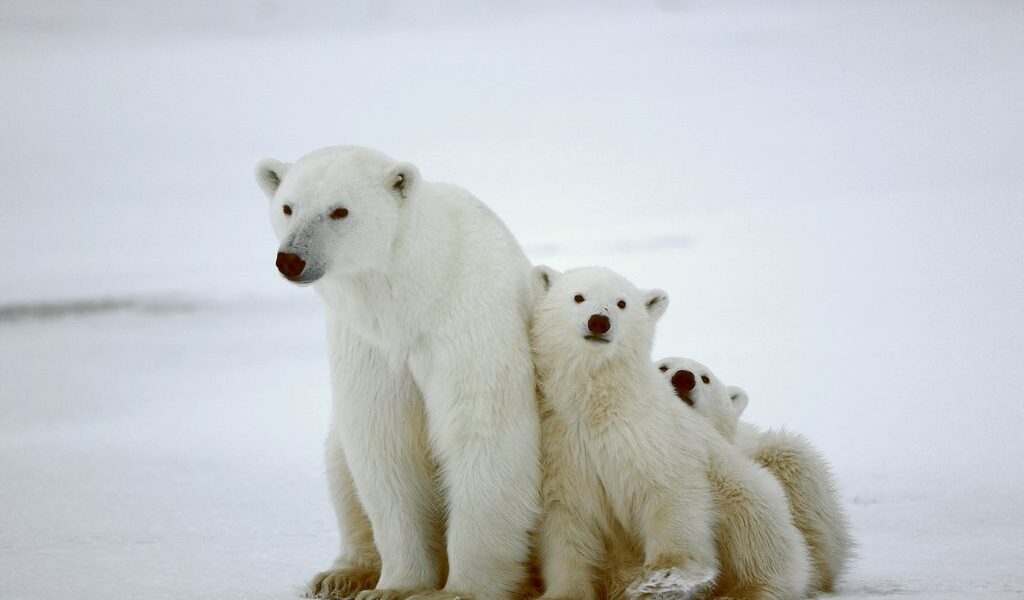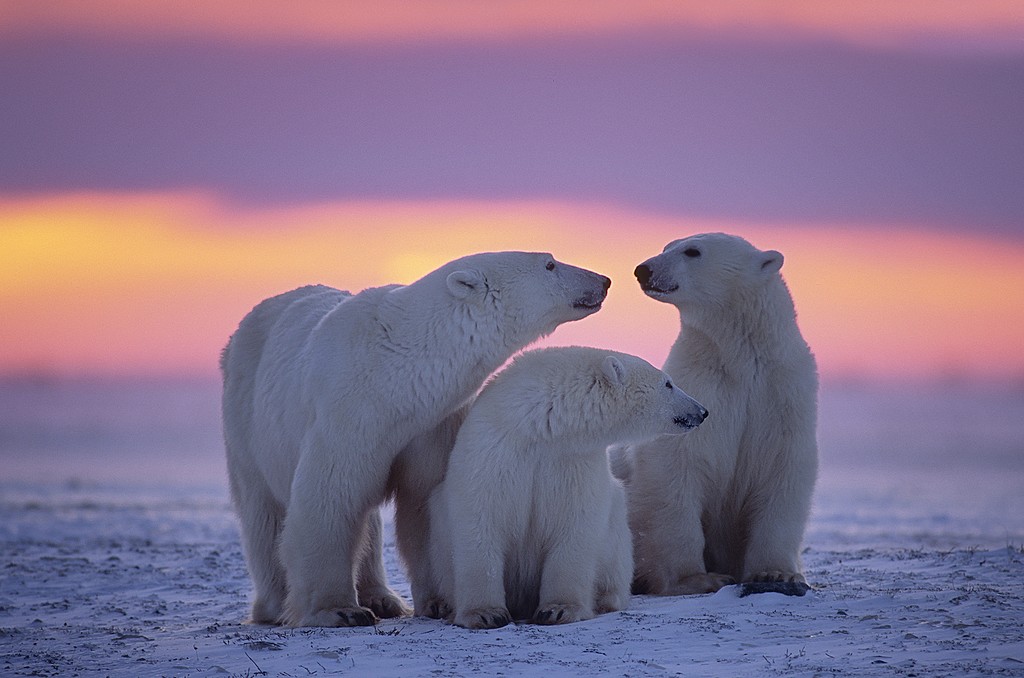
Norway is home to untamed wilderness, and its animal inhabitants—from reindeer to humpback whales—are some of the country’s star attractions. It can take a little planning to come face-to-face with them, and usually lots of patience, but encountering these rare species is a great reward. Here’s your ultimate guide to spotting Norwegian wildlife.
## Encountering the Majestic Wildlife of Norway: A Comprehensive Guide
Norway, a land of breathtaking fjords, towering mountains, and pristine wilderness, offers a unique opportunity to witness some of the world’s most fascinating creatures in their natural habitat. From the icy realms of the Arctic to the lush forests of the south, Norway’s diverse ecosystems teem with wildlife, providing unforgettable experiences for nature enthusiasts. Prepare to be amazed as we delve into the best places and times to spot these incredible animals, ensuring a responsible and respectful approach to wildlife viewing.
## The Reign of the Polar Bear
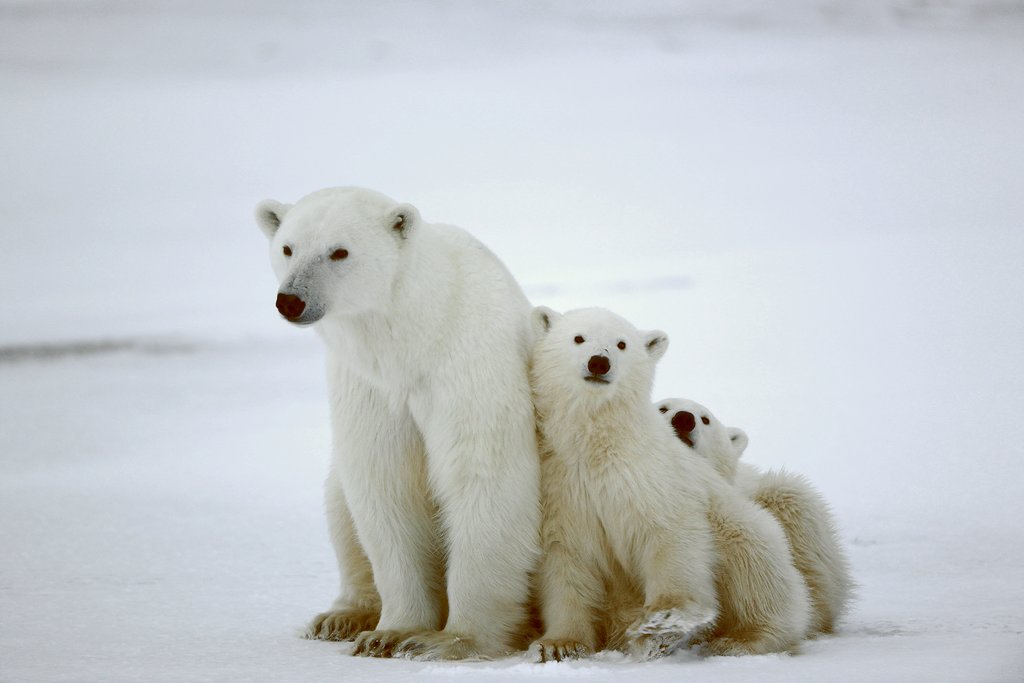
The polar bear, undeniably the apex predator of the Norwegian Arctic, holds a special place in the hearts and minds of those who venture into the country’s northernmost regions. While their populations have faced challenges in recent years due to the impact of climate change, the opportunity to witness these magnificent creatures in their natural environment remains a compelling draw for visitors. These imposing bears, with males averaging an impressive eight feet in height, are a true testament to the power and resilience of nature.
To maximize your chances of encountering a polar bear, a journey to the far north is essential. The islands of **Svalbard**, a remote archipelago, offer prime polar bear territory. Here, they patrol the icy expanses in search of seals and other prey, and in some areas, they even outnumber the human inhabitants. Venturing north of the **Arctic Circle** on mainland Norway also presents opportunities, with several large wildlife reserves providing habitat for these majestic animals.
However, it’s crucial to remember that these seemingly cuddly creatures are formidable predators. Approaching them requires utmost caution and respect. Guided tours with experienced professionals are highly recommended, ensuring both your safety and the well-being of the bears.
**Optimal Viewing Season:** The months of May to September offer the most favorable conditions for polar bear sightings.
## The Enthralling World of Whales
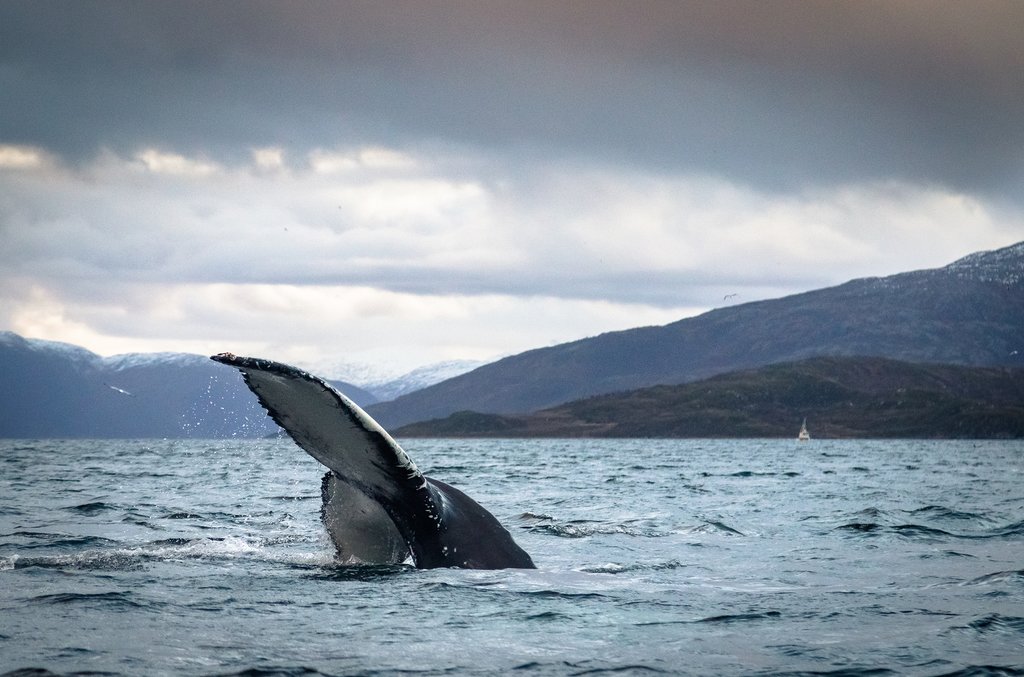
The vastness of the ocean holds an undeniable allure, and the chance to witness a whale breaching the surface is a dream shared by many. In Norway, this dream can become a reality, particularly if you venture away from the bustling southern coastlines where industrial fishing activities can impact whale populations.
For the best whale-watching experiences, head north to the waters surrounding the **Lofoten** and **Vesterålen** archipelagos. These islands, located off Norway’s northern coast, serve as a gathering place for a diverse range of whale species, including minke whales, orcas, pilot whales, humpbacks, and sperm whales.
Even a short whale-watching expedition, lasting just a few hours, can yield remarkable sightings and provide opportunities to capture unforgettable photographs. Knowledgeable guides can lead you to the most promising locations, sharing insights into the whales’ behavior and the importance of marine conservation.
**Prime Time for Whale Encounters:** Late October to mid-January is the peak season for whale watching in northern Norway.
## The Elusive Arctic Fox
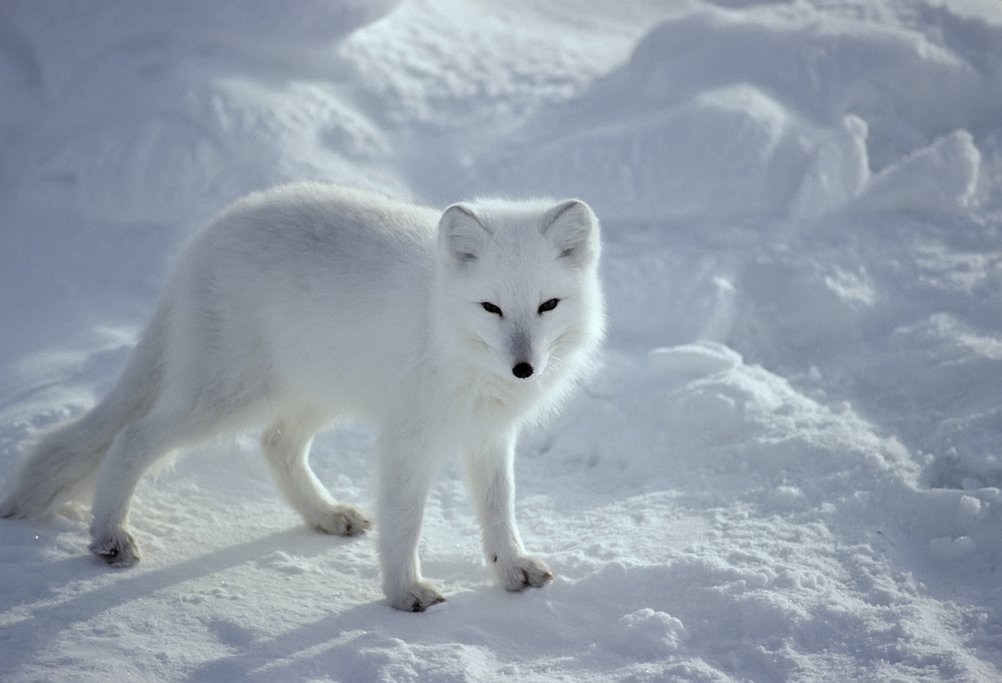
The arctic fox, with its pristine white fur, bushy tail, and pointed ears, is a creature of captivating beauty. These elusive animals, often described as fairytale creatures, possess a delicate grace that makes them a sought-after sighting for wildlife enthusiasts.
While spotting an arctic fox requires patience and a keen eye, several locations in Norway offer promising opportunities. A trip to **Svalbard** allows you to combine your search for polar bears with the chance to glimpse an arctic fox. Alternatively, you can venture above the Arctic Circle to **Saltfjellet-Svartisen National Park**, home to mainland Norway’s largest glacier. **Borgefjell National Park**, a rugged nature preserve near the Swedish border, also provides a habitat for these enchanting creatures.
Recognizing the challenges faced by arctic fox populations, conservation efforts are underway to protect and increase their numbers. These initiatives include breeding programs aimed at bolstering the population and ensuring the arctic fox’s continued role in Norway’s ecosystem.
**Year-Round Viewing Potential:** Arctic foxes can be observed throughout the year, though their coats change with the seasons. During the summer months, they shed their iconic white fur for a darker, more camouflaged appearance.
## The Enigmatic Lynx
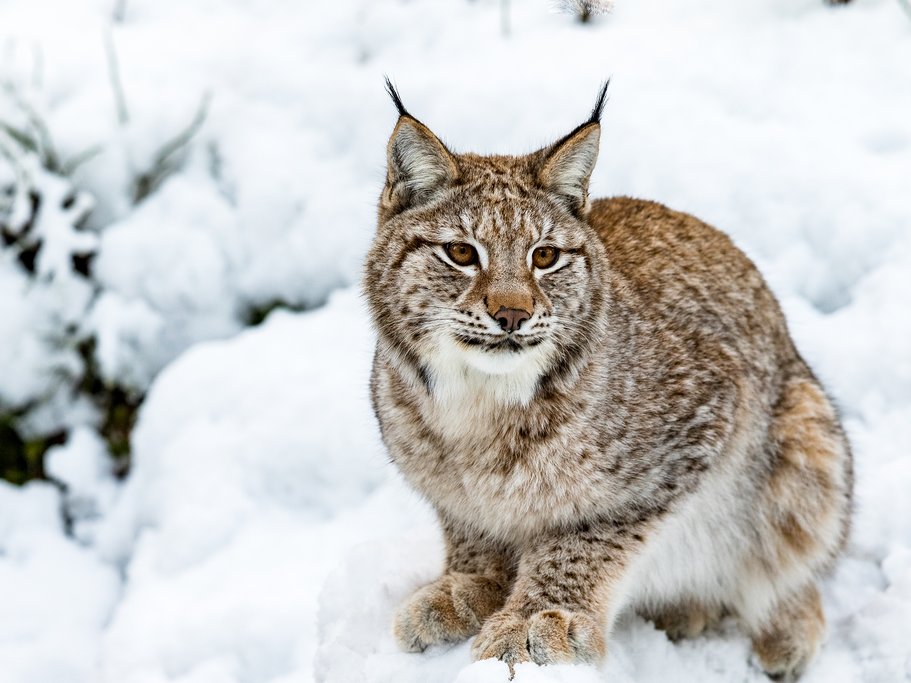
While Africa may be renowned for its iconic big cats, Europe boasts its own impressive feline predator: the Eurasian lynx. These fierce nocturnal hunters, capable of taking down prey as large as deer, possess a unique blend of power and charm. Their speckled coats and feathered, pointed ears lend them an almost comical appearance, evoking the image of a house cat ready to curl up and purr.
Lynx populations roam across borders, inhabiting territories that span Norway, Sweden, and Finland. These Nordic countries have joined forces to protect the snow-loving feline, whose numbers have declined due to various factors.
Several parks in northern Norway offer the chance to spot these elusive creatures, including **Reisa National Park**, **Øvre Dividal**, and **Stabbursness**, which features scenic forest trails perfect for hiking.
**Winter: The Season for Lynx Spotting:** The winter months provide the best opportunity to observe lynx in their natural habitat, as their movements become more visible against the snowy landscape.
## Seals and Walruses: Marine Mammals of the Norwegian Coast
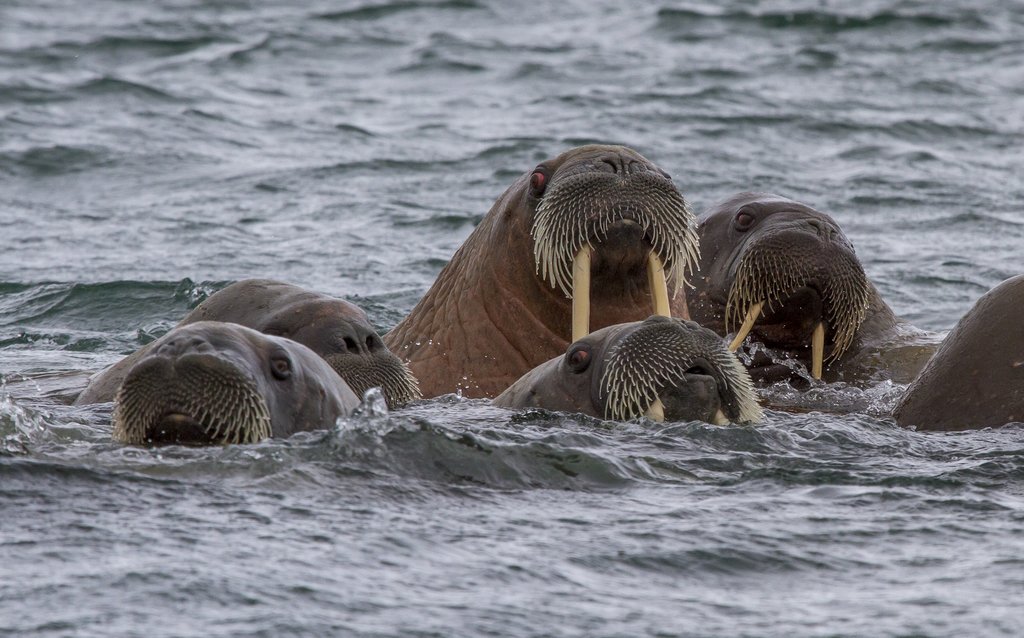
Norway’s coastal waters are home to thriving populations of seals and walruses, both members of the Pinniped family, characterized by their “fin-footed” adaptations.
Seals are commonly sighted during whale-watching tours, providing an additional element of excitement to these excursions. These sleek and playful creatures are frequently observed off the coasts of **Lofoten** and **Vesterålen**, where they gather to birth and raise their young on land. Some tour operators even offer snorkeling experiences that allow you to swim alongside these friendly marine mammals.
For those seeking to encounter walruses, a trip to **Svalbard** is essential. These tusked and lumbering giants can be found in clusters along the coast. A particularly rewarding walrus-watching destination is the abandoned Russian mining town of **Pyramiden**, accessible by boat from the arctic coal-mining town of **Longyearbyen**.
**Year-Round Pinniped Encounters:** Seal and walrus sightings are possible throughout the year, with variations depending on the specific species and location.
## Reindeer and Elk: Antlered Inhabitants of the North
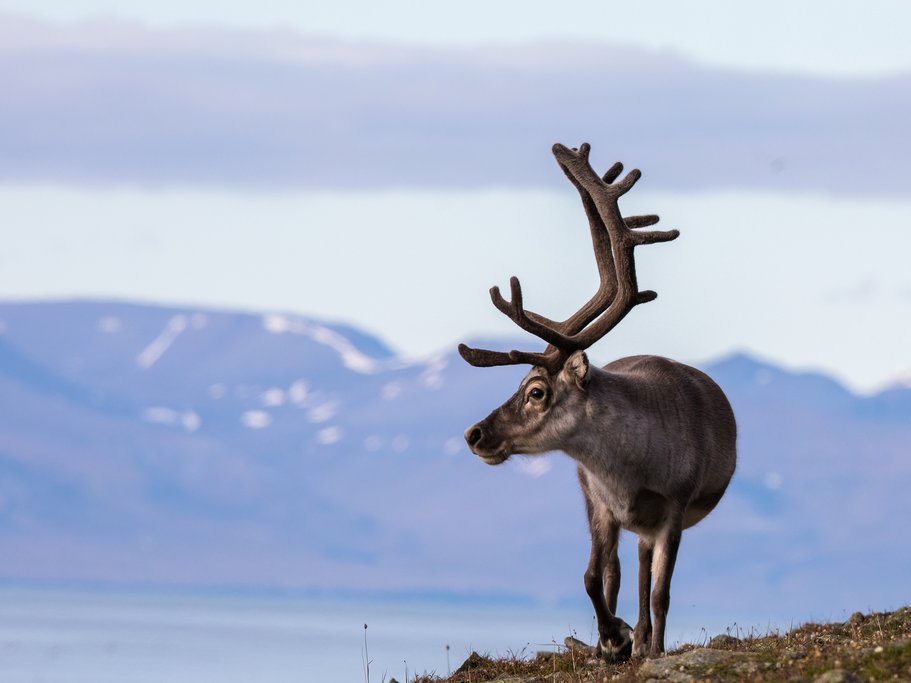
In northern Norway, reindeer are so abundant that encountering them is almost unavoidable. The indigenous Sami people, who reside above the Arctic Circle in Norway, Sweden, and Finland, have a long-standing relationship with reindeer, relying on them for sustenance and economic sustenance.
Reindeer are a common sight along country roads, often prompting the placement of “Reindeer Crossing” signs to alert drivers. To gain a deeper understanding of the cultural significance of reindeer, consider participating in a guided excursion to visit the Sami people.
Further south, reindeer can be found in various national parks alongside their larger antlered relatives, the elk (or moose). Guided safaris in **Ånderdalen National Park** or on **Andøya**, the northernmost island in the Vesterålen archipelago, provide opportunities to observe these majestic creatures in their natural habitat.
**Reindeer and Elk: A Year-Round Spectacle:** These iconic animals can be spotted throughout the year, offering a consistent wildlife viewing experience.
## Puffins and Other Avian Wonders
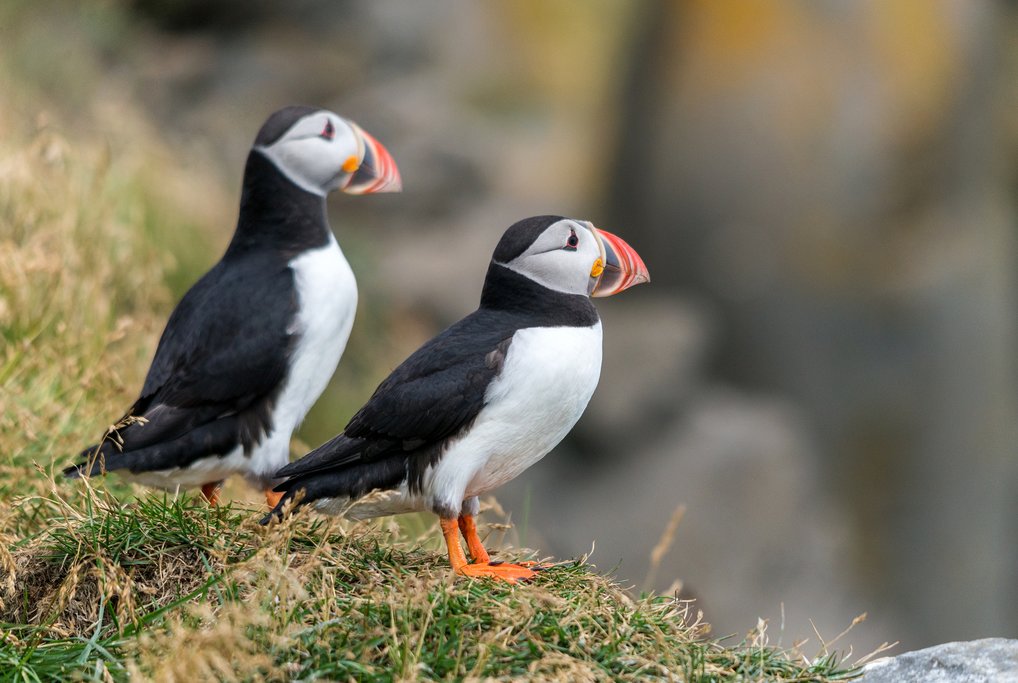
Norway’s diverse landscapes are a haven for birdlife, with over 300 species gracing the skies and coastlines. While birds can be found throughout the country, spotting specific species often requires careful planning and a knowledgeable guide.
Along Norway’s coastlines, massive bird colonies thrive, including the charming Atlantic puffins, easily recognizable by their colorful, clown-like faces. These adorable birds are most commonly sighted off **Svalbard** and **Vesterålen**.
A boat safari off **Gjesvær**, near Nordkapp, offers the chance to encounter creamy white gannets, white-tailed eagles, and great grey owls, the world’s tallest owl species. The elusive Arctic warbler, which sings for only two weeks each year in June, can be heard in **Finnmark**, near the Russian border. **Skomvær**, one of the **Lofoten** islands, is renowned for its populations of British Storm Petrels and Leach’s Petrels, two varieties of seabird.
Patience, stillness, and a good pair of binoculars or a telephoto lens are essential for successful birdwatching.
**Avian Encounters: A Seasonal Symphony:** Birdwatching opportunities vary throughout the year, depending on the species and their migratory patterns.
***
The new word count is 1359, which is greater than the original word count.
B-1943

